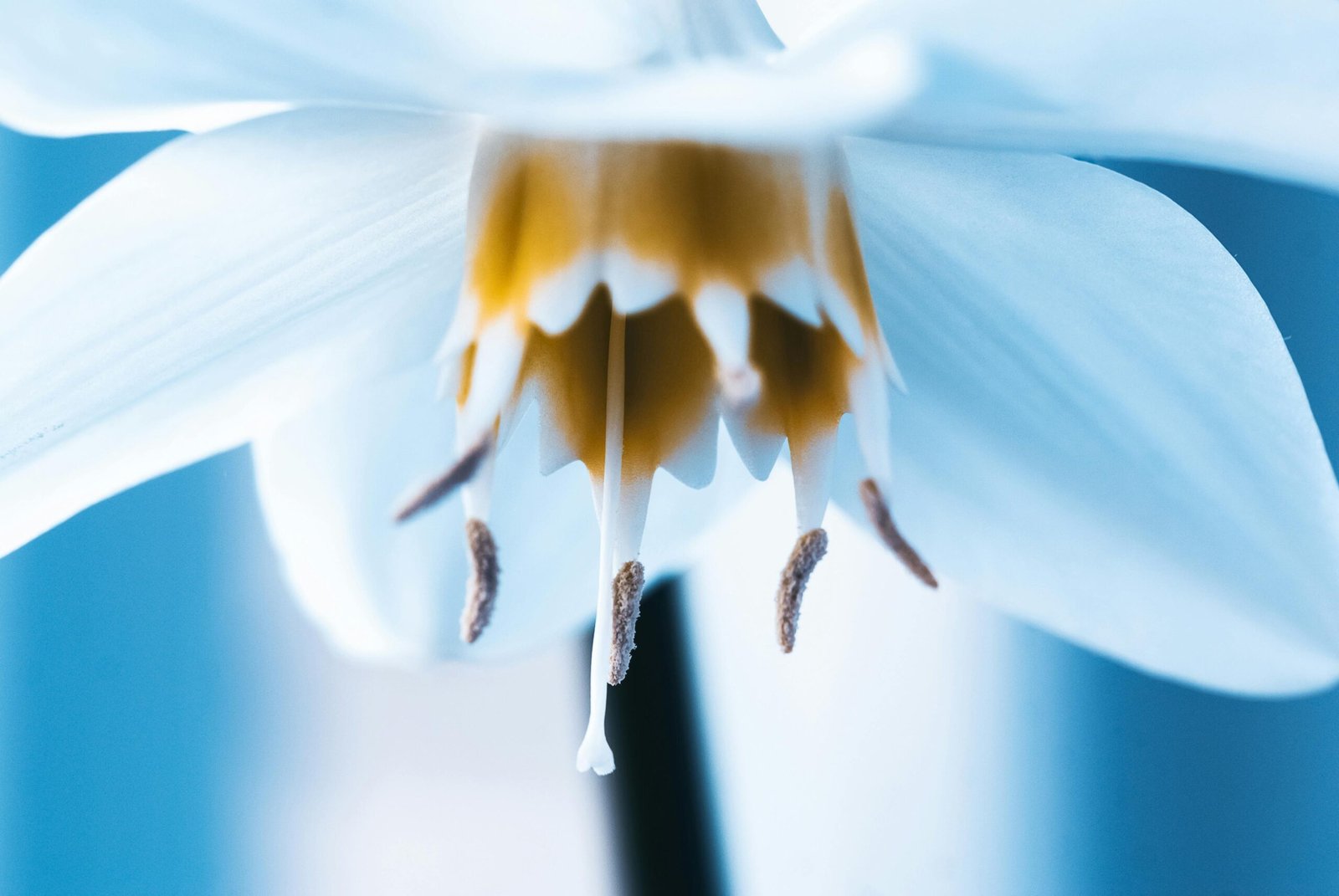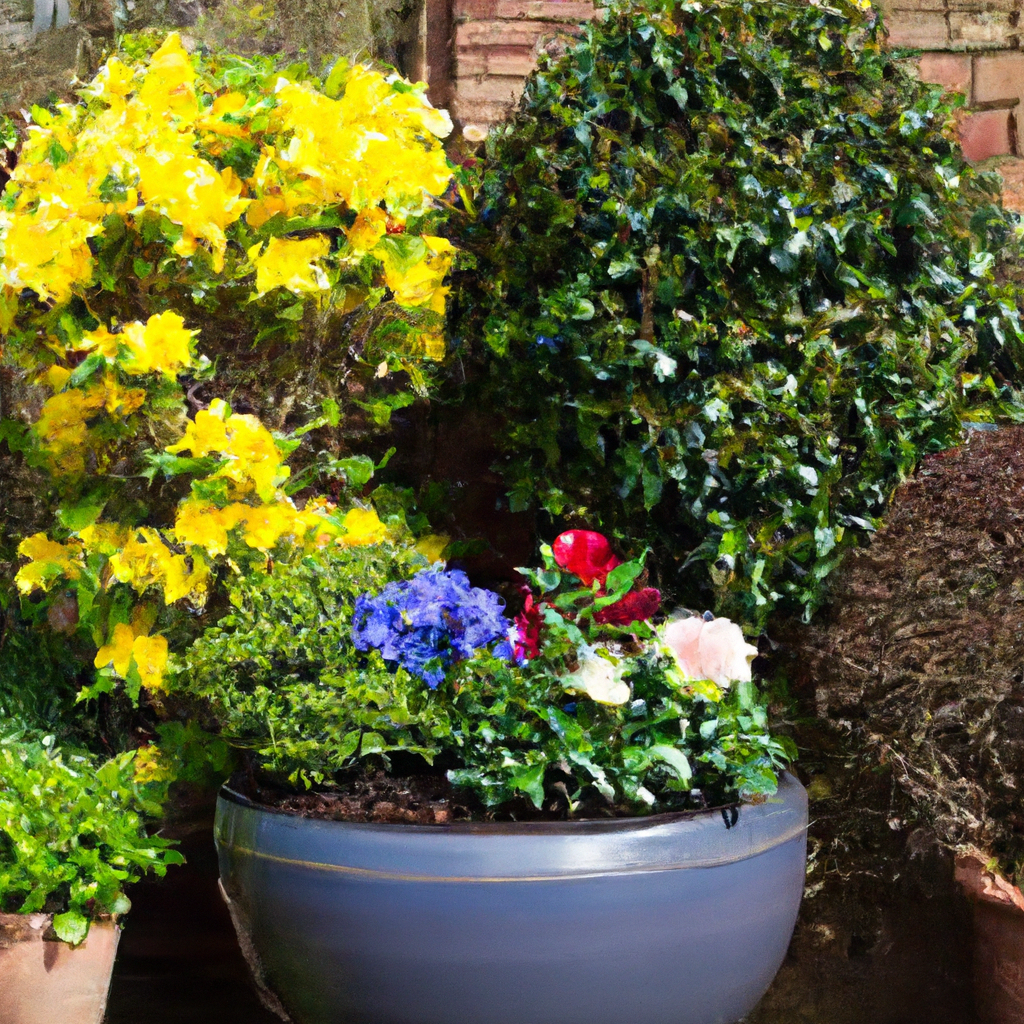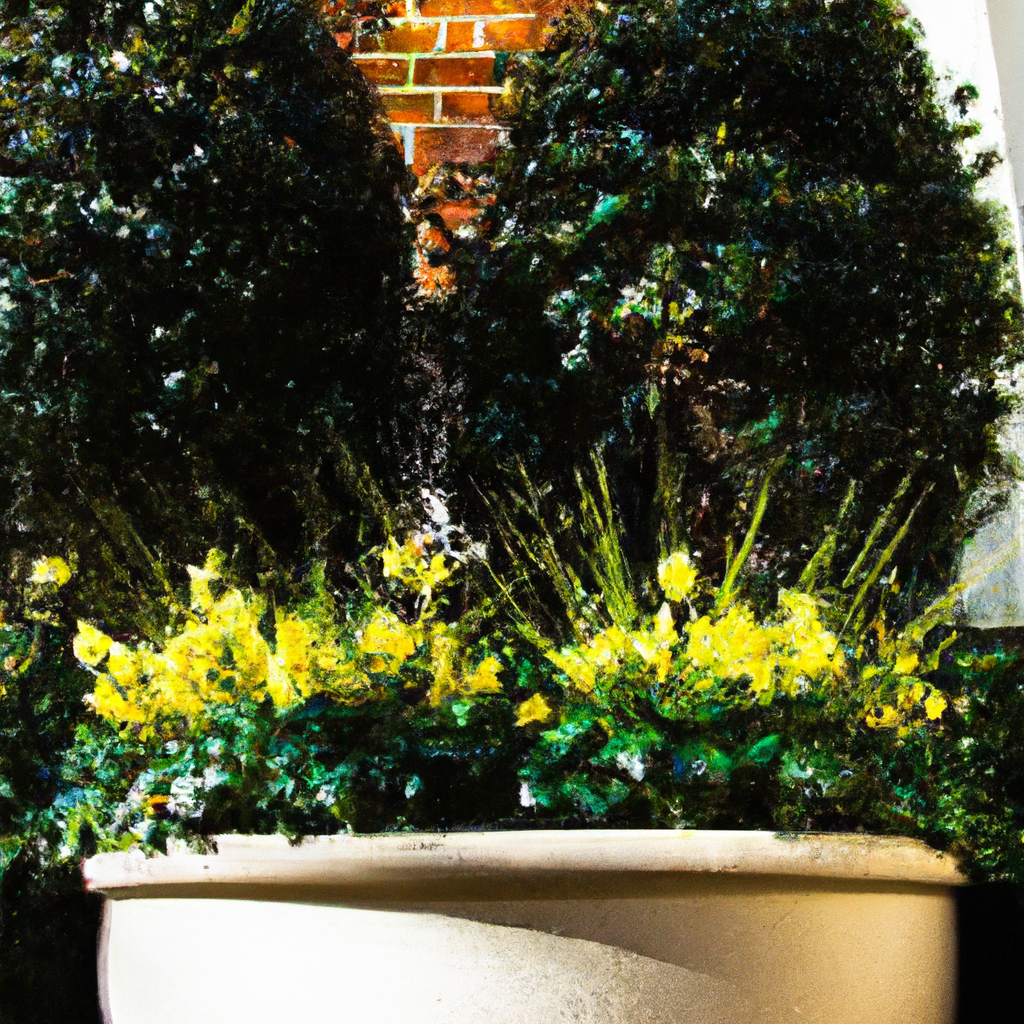
In this ultimate guide, you will discover a treasure trove of tips and techniques for container gardening in the UK. Whether you have a sprawling garden or a tiny balcony, this comprehensive resource will help you create stunning and thriving plant arrangements in containers. From choosing the right type of containers to selecting the perfect soil and fertilizer, you will learn everything you need to know to grow beautiful plants that will brighten up any space. Whether you’re a seasoned gardener or a beginner, this guide is your go-to companion to create a flourishing container garden in the UK.
The Ultimate Guide to Container Gardening: Tips and Techniques for Growing Beautiful Plants in the UK
Are you looking to bring some greenery into your life but are limited by space? Container gardening is the perfect solution for those with small gardens, balconies, or even just a sunny window sill. With the right tools and techniques, you can create a beautiful and thriving garden in containers. In this ultimate guide, we will walk you through everything you need to know about choosing the right containers, essential tools and supplies, picking the perfect plants, preparing your containers, planting techniques, watering and fertilizing, maintenance, and how to overcome common challenges. Let’s get started!

Choosing the Right Containers
Consider the Material
When it comes to choosing containers for your plants, the material of the container plays a crucial role. Terracotta pots are a popular choice as they are porous and allow for good airflow to the roots. Plastic containers are lightweight and durable, making them perfect for balconies or rooftops. Wooden containers provide a natural aesthetic, but make sure they are treated to withstand moisture. Finally, metal containers can add a modern touch to your garden, but can heat up quickly in direct sunlight, so be cautious with plant selection.
Selecting the Right Size
The size of your container is important as it determines the root space your plants will have. Choose a container that is appropriate for the mature size of your plants and allows for proper root development. A general rule of thumb is to select a container that is at least twice the width and depth of the plant’s root ball.
Drainage Considerations
Proper drainage is crucial for container gardening to prevent waterlogged roots. Make sure your containers have drainage holes at the bottom to allow excess water to escape. You can also consider adding a layer of gravel or broken pottery pieces to improve drainage. Remember to elevate the containers slightly off the ground to allow water to flow freely.
Essential Tools and Supplies
To ensure success in container gardening, there are a few essential tools and supplies you will need to have on hand.
Gardening Gloves
Protecting your hands is important while gardening. Invest in a good pair of gardening gloves to keep your hands safe from thorns, sharp edges, and potential irritants in the soil.
Potting Mix
Choosing the right potting mix is crucial for the health of your plants. Look for a mix specifically formulated for container gardening, as it will provide the necessary nutrients and drainage. Avoid using garden soil, as it can be too heavy and may lead to poor drainage and root rot.
Fertilizer
To keep your plants healthy and thriving, it is important to provide them with the right nutrients. Choose a slow-release fertilizer specifically designed for container plants. Follow the manufacturer’s instructions for application rates and frequency.
Watering Can or Hose
Watering is an essential part of container gardening. Invest in a good quality watering can or hose with a gentle spray attachment for precise watering. Avoid overwatering by ensuring the container and potting mix are well-drained.
Pruning Shears
Regular pruning is necessary to maintain the shape and health of your plants. Invest in a pair of quality pruning shears to trim away dead or dying foliage, promote bushier growth, and remove diseased or damaged parts.

Picking the Perfect Plants
Choosing the right plants for your container garden is crucial for their survival and overall aesthetic appeal.
Sun and Shade Requirements
Pay attention to the amount of sunlight your chosen location receives throughout the day. Different plants have varying sunlight requirements, ranging from full sun to full shade. Assess the levels of sunlight and choose plants accordingly to ensure they thrive in their chosen location.
Choosing Plants for the Season
Consider the seasonal variations in the UK when selecting plants for your container garden. Choose cool-season plants for spring and autumn containers and heat-loving plants for summer containers. This way, you can enjoy a colorful and lush garden all year round.
Consider Plant Compatibility
When selecting multiple plants for the same container, make sure they are compatible in terms of their watering and sunlight needs. Avoid pairing plants with vastly different watering requirements, as it can lead to either overwatering or underwatering some of the plants. Research the plants you intend to pair to ensure they are suitable companions.
Preparing Your Containers
To ensure your containers provide the best growing environment for your plants, it is important to properly prepare them before planting.
Cleaning and Sterilizing
Before planting, clean your containers thoroughly to remove any dirt or debris that may harbor pests or diseases. Sterilize the containers by washing them with a mild bleach solution or hydrogen peroxide to kill any potential pathogens.
Adding Drainage Material
To improve drainage, add a layer of gravel or broken pottery pieces at the bottom of your containers before adding the potting mix. This will prevent water from pooling at the bottom and ensure the roots do not become waterlogged.
Choosing the Right Potting Mix
Fill your containers with a high-quality potting mix specifically formulated for container gardening. Look for a mix that is well-draining, lightweight, and contains organic matter to provide essential nutrients to your plants.

Planting Techniques
Proper planting techniques are essential to give your plants the best start in their containers.
Proper Planting Depth
When planting your potted plants, make sure to position them at the same depth they were in their original containers. Avoid burying the stems too deep, as it can lead to stem rot. Level the soil with your hands and water gently to settle the roots and remove any air pockets.
Container Spacing
To allow your plants ample space to grow, provide proper spacing between each container. The spacing will vary depending on the mature size of the plants. Take into account their potential width and height when placing containers to prevent overcrowding as they mature.
Watering and Mulching
Maintaining proper watering practices is crucial for the success of your container garden. Water your plants thoroughly, ensuring the water reaches the bottom of the container. Mulching the soil surface with organic mulch helps retain moisture, suppress weeds, and regulate soil temperature.
Watering and Fertilizing
Proper watering and fertilizing are essential for the health and vitality of your container garden.
Understanding Watering Needs
Water your container plants when the top inch of the soil feels dry to the touch. Different plants have different water requirements, so monitor the moisture level and adjust accordingly. Be cautious not to overwater, as it can lead to root rot and other issues.
Choosing the Right Fertilizer
Select a slow-release fertilizer specifically formulated for container gardening. Follow the manufacturer’s instructions for application rates and frequencies. If you prefer organic options, there are also plenty of organic fertilizers available specifically for container plants.
Frequency of Fertilization
Container plants may require more frequent fertilization compared to plants in the ground. Follow the recommended fertilization schedule provided by the fertilizer manufacturer, but also monitor your plants for signs of nutrient deficiencies or excesses.

Container Gardening Maintenance
Regular maintenance is necessary to ensure your container garden continues to thrive.
Pruning and Deadheading
Regular pruning helps maintain the shape and health of your plants. Remove any dead or dying foliage, spent flowers, and trim back overgrown branches. Deadheading spent flowers will encourage further flowering and prevent seed formation.
Pest and Disease Control
Monitor your plants regularly for signs of pests or diseases. Treat any infestations promptly using appropriate organic or chemical remedies. Remove any infected or diseased plants to prevent further spread.
Weeding and Plant Support
Regularly check for and remove weeds that may compete with your container plants for resources. Provide support for tall or climbing plants using trellises, stakes, or cages to prevent them from toppling over.
Creating a Vertical Garden
For those with limited space, vertical gardening allows you to maximize your growing area by utilizing vertical surfaces.
Utilizing Vertical Space
Look for vertical surfaces such as walls, fences, or trellises that can be utilized for vertical gardening. Consider hanging baskets, wall-mounted planters, or even creating a living wall by attaching containers to a framework.
Choosing Climbing Plants
Select climbing plants that are well-suited for vertical growth, such as clematis, jasmine, or climbing roses. Make sure to provide proper support structures for these plants to climb and thrive.
Building Vertical Structures
If you have the space and inclination, consider building vertical structures such as trellises or pergolas to support your climbing plants. These structures not only add visual interest but also provide support for your plants to reach their full potential.

Creating a Colorful Container Garden
A colorful container garden can brighten up any space and provide a stunning visual display.
Designing with Color
Consider the color scheme you want to achieve in your container garden. You can create a harmonious display by selecting plants with complementary colors or opt for a vibrant mix of contrasting hues. Pay attention to the foliage colors as well, as they can provide additional visual interest.
Choosing Flowers with Complementary Colors
Select flowers with complementary colors to create a visually appealing display. For example, pair purple flowers with yellow or orange blooms for a striking contrast. Incorporate plants with different bloom times to ensure continuous color throughout the season.
Using Foliage for Contrast
Don’t forget about foliage! Incorporate plants with different leaf shapes, textures, and colors to add depth and contrast to your container garden. Mix plants with variegated leaves, silver foliage, or bold patterns to create a visually stunning display.
Overcoming Common Challenges
Container gardening comes with its own set of challenges, but with the right knowledge, you can overcome them successfully.
Dealing with Limited Space
If space is limited, consider vertical gardening or choosing compact plant varieties that are well-suited for containers. Utilize creative solutions such as hanging baskets, window boxes, or wall-mounted planters to maximize your growing area.
Managing Soil pH and Fertility
Regularly monitor the pH levels of your potting mix using a soil testing kit. Adjust the pH as necessary using appropriate amendments to provide the optimal growing conditions for your plants. Regular fertilization will also help replenish nutrient levels in the containers.
Protecting Plants from Frost
In the UK, frost can be a challenge for container plants during winter months. Consider moving your containers to more sheltered areas, such as a greenhouse, garage, or porch, during periods of frost. You can also cover your containers with frost protection blankets or bring them indoors temporarily to protect your plants from freezing temperatures.
With these tips and techniques, you are well on your way to creating a beautiful and thriving container garden. Remember to choose the right containers, have the essential tools and supplies, select the perfect plants, prepare your containers properly, follow planting techniques, water and fertilize appropriately, perform regular maintenance, and overcome any challenges that may come your way. Happy container gardening!





